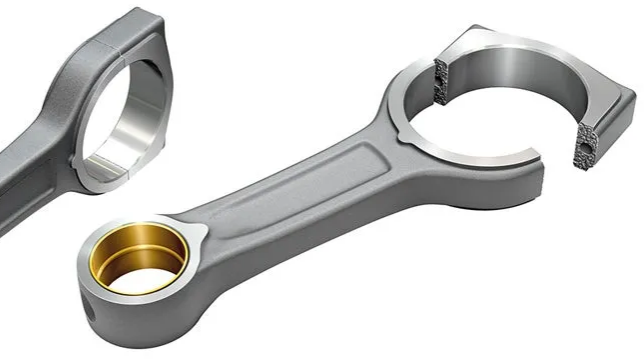Replacing connecting rod bearings in an engine is an intricate process requiring careful attention to detail and a certain level of mechanical expertise. Nevertheless, with the right guidance and adequate patience, this critical aspect of engine maintenance can be accomplished.
Deciphering the Role of Connecting Rod Bearings
Understanding the connecting rod bearings’ role within an engine is the first step before undertaking their replacement. These bearings provide a smooth surface for the connecting rod to glide on, reducing friction between the rod and the crankshaft. If these bearings wear out, they can cause significant damage to the engine, hence the importance of their timely replacement.
Tools Required to Change Connecting Rod Bearings
Changing connecting rod bearings demands specific tools. This includes a socket set, a torque wrench, plastigage, and of course, the new bearings. The engine’s service manual will also be invaluable for specific instructions and torque specifications.

The Steps Involved in Changing Connecting Rod Bearings
- Engine Disassembly: The first step involves disassembling the engine to reach the connecting rod bearings. This process requires removing the oil pan and the caps on the connecting rods.
- Removing the Old Bearings: After removing the rod caps, the old bearings can be taken out. It’s vital to remember the orientation of these bearings as the new ones need to be installed in the same way.
- Installing the New Bearings: The new bearings are then put in place, ensuring they are properly seated within the rod and cap. A layer of assembly lube is applied to protect the bearings during the initial startup.
- Engine Reassembly: Once the new bearings are installed, the rod caps can be reattached and tightened to the correct torque specifications. The oil pan is then reinstalled, and the engine is ready for use.
Verifying the Engine Health after the Replacement
After the process of replacing the connecting rod bearings, it’s important to check the engine’s condition. This involves running the engine and checking for unusual noises or vibrations. Regularly monitoring the oil pressure is also crucial as any drop in pressure can signify an issue with the new bearings.
In conclusion, while changing connecting rod bearings is a complex task requiring a good understanding of engine mechanics, it is essential for preserving the engine’s performance and longevity. Always follow the engine manual’s instructions and work with patience and precision.